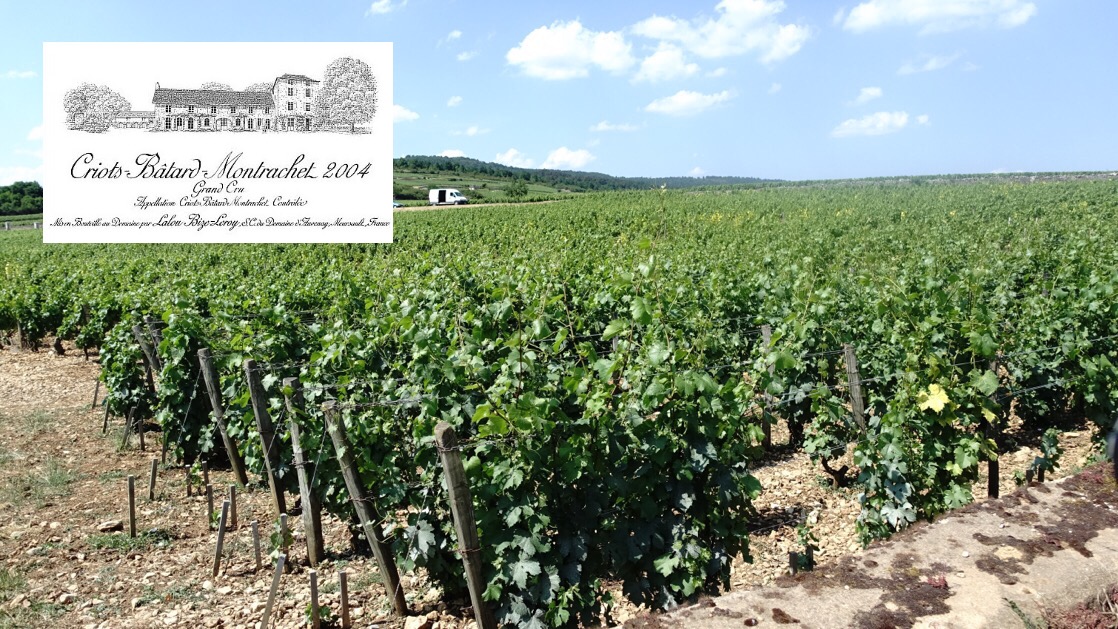One of the most elusive wines from Burgundy is the Criots-Batard-Montrachet from Domaine d’Auvenay.
While the name Leroy rings a lot of bells in most Burgundy lovers ears, Domaine d’Auvenay is a bit below the radar of many collectors – mainly due to the exclusivity of the wines – they are indeed very rare and often also very costly.
One of the rarest wines from d’Auvenay is the Criots-Batard-Montrachet – so lets go to Chassagne to take a closer look at the terroir of this magnificent wine.
Domaine d’Auvenay Criots-Batard-Montrachet – the plot
Criots-Batard-Montrachet is with it’s 1.57 ha the smallest of the white grand crus in Burgundy. It’s located just south of Batard-Montrachet in the northern end of the Chassagne appellation mainly facing south.
Criots-Batard-Montrachet was created as the last of the white grand crus, and was formerly a part of Batard-Montrachet. Criots is not mentioned by Rodier 3 in 1920, but most likely the process of changing the borders between the white grand crus began in 1921 with the trial about the use of the Montrachet name.
This process excluded Blanchot Dessus from Montrachet along with some other plots in the outskirts of Montrachet. In the end the borders were resolved with the AOC in 1937 .. but as far as I can see the AOCs for Criots-Batard-Montrachet and Bienvenues-Batard-Montrachet were finally established in a decrete dated June 13th 1939 4.
Criots-Batard-Montrachet was classified as grand cru – as opposed to Blanchots Dessus located just south of Montrachet .. and just “above” Criots – see map below.
The d’Auvenay plots are located in the lower southern end of the vineyard – see map below.
Domaine d’Auvenay own two plots – cadastre no 92 and 93 – in total 0.0637 ha i.e. slightly larger than the plot owned by Domaine Hubert Lamy.
It should be noted that the d’Auvenay plots are located just south of the Domaine Hubert Lamy plot .. where Olivier Lamy makes a very fine and rare Criots-Batard-Montrachet from his high density vineyard. The Lamy plot is however located slightly higher on the slope upwards and towards Batard Montrachet.
The d’Auvenay and Lamy plots are quite easy to recognize in the summer and early fall, as they both employ weaving/braiding of the top of the vines – see the article about braiding and weaving of the vines.
The picture below shows the d’Auvenay plot in Criots-Batard-Montrachet, where the long top branches are visible (June 2015).
You need to login to read the rest of this article. If you are not a subscriber, use the subscribe function and sign-up.




 - A true vin d’émotion – a Burgundy of passion
- A true vin d’émotion – a Burgundy of passion - A truly hedonistic wine – lively and enjoyable
- A truly hedonistic wine – lively and enjoyable - A vivacious wine for pure indulgance
- A vivacious wine for pure indulgance - A potential vin d´émotion - frais et léger
- A potential vin d´émotion - frais et léger